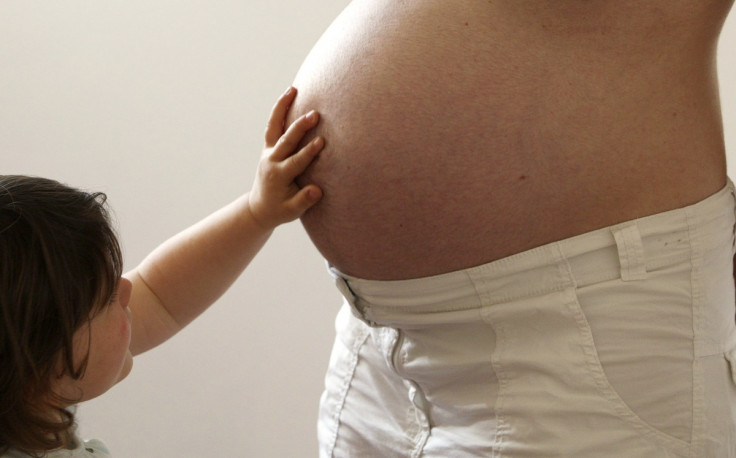Older Mothers at Lower Risk of Birth Deformities, Study Finds

Older mothers are at a lower risk of having a baby with a deformity, a study has found.
Researchers at the Washington University in St. Louis School of Medicine found that mothers over the age of 35 are less likely to have a baby with a major congenital malformation – a physical defect from birth that can involve a number of parts of the body, including the heart, brain, kidney and bones.
The team presented their research at the annual Pregnancy Meeting in New Orleans, run by the Society for Maternal-Foetal Medicine.
While research on older maternal age being a risk factor in having a child with a chromosomal abnormality, such as Down syndrome, there is little information regarding congenital malformations.
The risk of Down's syndrome is around one in 1,500 for women aged between 20 and 30, one in 900 for women between 30 and 40 and one in 100 in women over 400.
Older mothers are also more likely to have difficulty conceiving, have a higher risk of miscarriage and have more problems during labour.
The researchers looked at data collected from over 76,000 women from when they presented for their second trimester ultrasound.
They looked at the incidence of having one or more major congenital malformations diagnosed at the time of the ultrasound, and compared the findings based on age-related factors such as the woman being over or under 35.
Findings showed that advanced maternal age was associated with a 40% decreased risk of having a baby with one or more major congenital malformations.
Researchers also found that brain, kidney and abdominal wall defects had the greatest decreased risk, while the instance of heart defects remained the same for both groups.
Katherine R. Goetzinger, one of the study researchers, said: "As more women are choosing to delay childbearing, they are faced with many increased pregnancy risks. Findings from this study may provide some reassurance for these women regarding the likelihood of having an anatomically normal child."
© Copyright IBTimes 2025. All rights reserved.






















